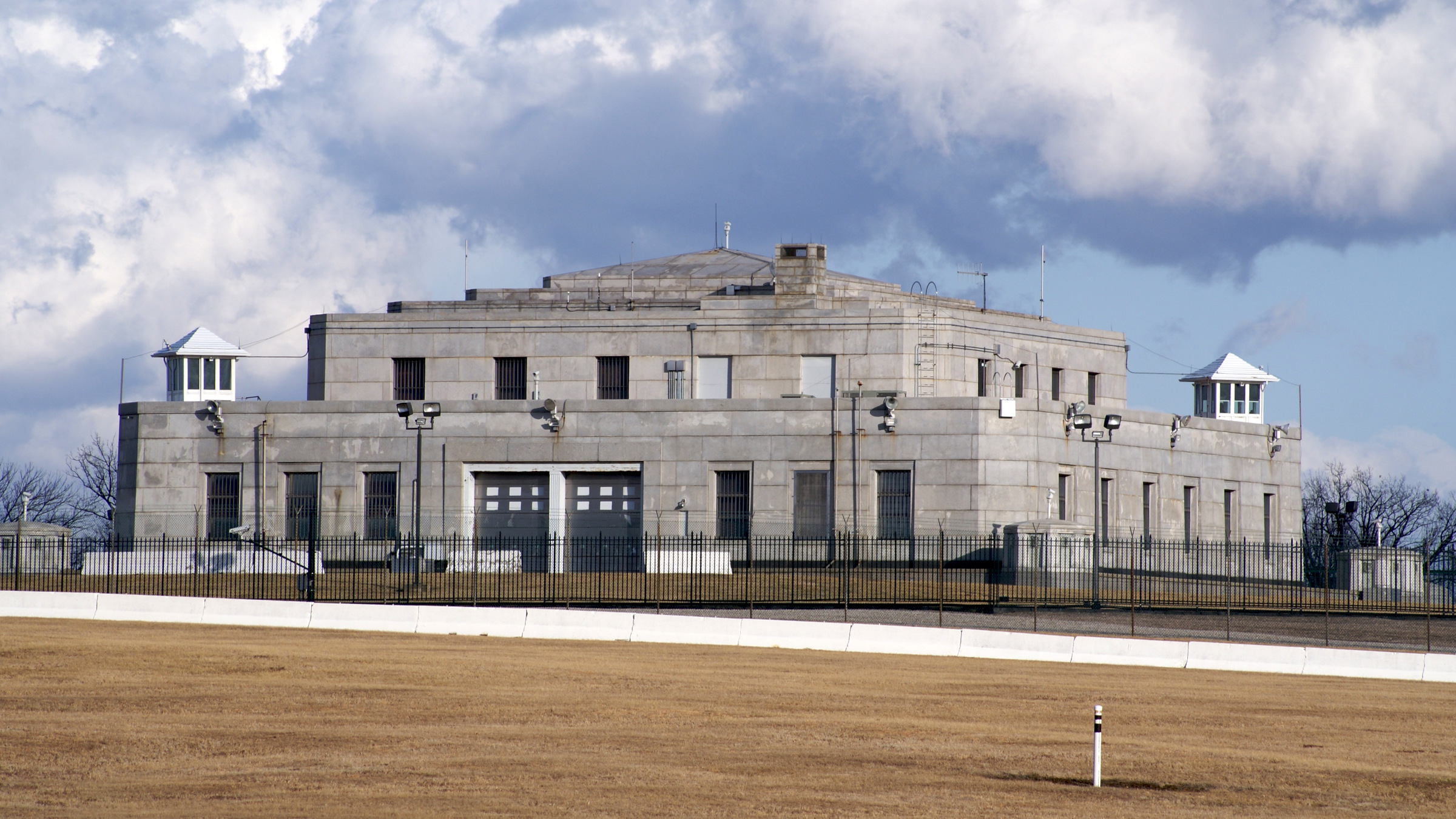With the increasing sophistication of cyber threats, implementing robust access controls is essential to ensure only authorized personnel can access critical financial and other business data. Access controls act as the first line of defense in protecting information from unauthorized access and potential breaches.
Why Sensitive Information Needs Protection
Unauthorized access to sensitive corporate information can lead to risks including data breaches, financial loss, and reputational damage. Cybercriminals can exploit this information for fraudulent activities, causing significant harm to businesses and other organizations.
Many regulations, such as the General Data Protection Regulation (GDPR) and the Payment Card Industry Data Security Standard (PCI DSS), mandate the protection of sensitive information. Non-compliance with these regulations can result in hefty fines and legal consequences.
Understanding Access Controls
Access controls are security measures designed to regulate who can view or use resources in a computing environment. They are crucial for maintaining the confidentiality, integrity, and availability of sensitive information.
Types of Access Controls
Access controls can be broadly categorized into three types: physical, logical, and administrative. Each type plays a vital role in securing sensitive data.
- Physical Access Controls
Physical access controls involve securing the physical spaces where sensitive information is stored. This includes measures such as locked doors, security guards, and surveillance cameras.
- Administrative Access Controls
Administrative access controls involve policies and procedures that govern access to information. This includes defining roles and responsibilities, conducting regular audits, and implementing security training programs.
- Logical Access Controls
Logical access controls regulate access to computer systems and data. This includes user authentication mechanisms, such as passwords and biometrics data, and access control lists that define user permissions.
Implementing Physical Access Controls
Securing physical spaces is the first step in protecting sensitive information. This involves controlling access to buildings, rooms, and storage areas where data is kept. Keycards and biometric systems, such as fingerprint and retina scanners, are effective physical access control measures. They can be installed on turnstiles or doors.
Consider the following steps:
- Identify areas where sensitive information is stored and evaluate the potential risks.
- Use locked doors, gates, and barriers to restrict access to sensitive areas.
- Station security guards at key points to monitor and control access.
- Use CCTV cameras to monitor and record activities in and around sensitive areas.
- Implement keycard or biometric systems to ensure only authorized personnel can access sensitive areas.
- Ensure all physical security measures are functioning correctly and are up to date.
Implementing Administrative Access Controls
Effective administrative controls involve establishing and enforcing policies and procedures that define how access to sensitive information is managed. This includes creating access control policies and conducting regular training sessions for employees.
Regular audits and continuous monitoring are critical for identifying and addressing potential security vulnerabilities. This ensures access controls remain practical and up-to-date.
Steps to implement administrative access controls include:
- Create comprehensive policies that outline how access to information is granted, monitored, and revoked.
- Clearly define the roles and responsibilities of employees regarding information access.
- Provide ongoing security training to ensure employees understand and adhere to access control policies.
- Continuously monitor access to sensitive information to detect and respond to unauthorized access attempts.
- Develop and maintain incident response plans to quickly address any security incidents.
Implementing Logical Access Controls
There are several types of logical access control, each with its own unique approach to securing data. The software architecture—whether cloud-native or monolithic—should be considered when implementing and enforcing these controls.
- Role-Based Access Control (RBAC)
RBAC assigns access based on the roles of individual users within an organization. Users are granted permissions to perform specific tasks, reducing the risk of unauthorized access. RBAC is particularly effective in organizations where roles and responsibilities are clearly defined. This method simplifies the management of user permissions and enhances security by ensuring users only have access to what they need. Steps to Implement RBAC:
- Identify roles within the organization.
- Define access permissions for each role.
- Assign users to roles.
- Monitor and review role assignments regularly.
- Discretionary Access Control (DAC)
DAC allows data owners to control access to their resources. It is flexible but can be risky if the data owners do not enforce strict security policies. DAC is a more rigid system where access permissions are regulated by a central authority based on multiple criteria, including the sensitivity of the information and the user’s clearance level. It is highly customizable and suitable for environments where data ownership is clear. Steps to Implement DAC:
- Identify data owners.
- Define access control policies.
- Assign permissions to data owners.
- Regularly review and update permissions.
- Mandatory Access Control (MAC)
MAC is strict and suitable for highly sensitive data environments. It provides a high level of security by ensuring strict adherence to access control policies. Steps to Implement MAC:
- Classify data based on sensitivity.
- Define access levels and permissions.
- Implement access controls according to policies.
- Regularly audit and enforce policies.
Multi-Factor Authentication (MFA)
Whenever possible, do implement MFA. It enhances security by requiring multiple forms of verification before granting access to sensitive information. This makes it more difficult for unauthorized users to gain access, even if they have obtained a password.
Implementing MFA involves integrating various authentication methods, such as something the user knows (password), something the user has (security token), and something the user is (biometric verification).
Monitoring and Auditing Access
Continuous monitoring involves using tools and techniques to track and analyze access to sensitive information in real time. This helps detect and respond to potential security incidents promptly. Regular audits involve systematically reviewing access controls to ensure they are effective and compliant with regulations. Audits help identify gaps and areas for improvement.
Challenges in Implementing Access Controls
Implementing access controls can be challenging due to factors such as user resistance and financial resource constraints. In addition, there is a lack of user knowledge and skills, given the technical complexities of diverse infrastructures, including the rapid adoption of AI. New complex environments increase the attack surface and make them more susceptible to new attacks like data poisoning or zero-day exploits if proper safeguards are not implemented.
Overcoming these obstacles requires a combination of technology, training, and management support. Additionally, efficient analytics can help organizations address many challenges in implementing access controls.
Best practices for overcoming these access control challenges include involving stakeholders in the implementation process, providing adequate training, and leveraging advanced technologies.
Various software and tools are available to help organizations implement and manage access controls. These tools offer features such as user authentication, access monitoring, and policy enforcement.
At the same time, integrating access control solutions with existing systems is not always seamless. You should ensure compatibility and interoperability between different technologies.
Conclusion
Implementing strong access controls is essential for protecting sensitive information from unauthorized access and potential breaches. By understanding the different types of access controls and their importance, organizations can effectively safeguard their data. Regular monitoring, audits, and updates are crucial for maintaining the effectiveness of access controls.

Alex Vakulov is a cybersecurity researcher with more than 20 years of experience in malware analysis and strong malware removal skills.




Join the Discussion (0)
Become a Member or Sign In to Post a Comment